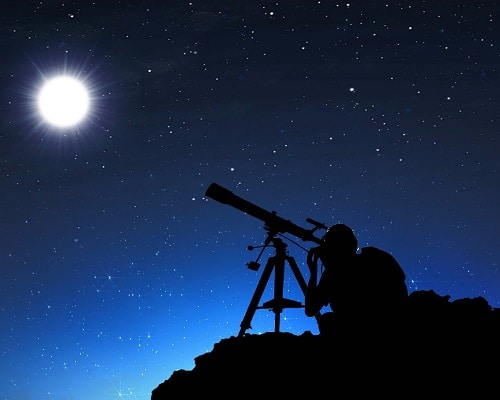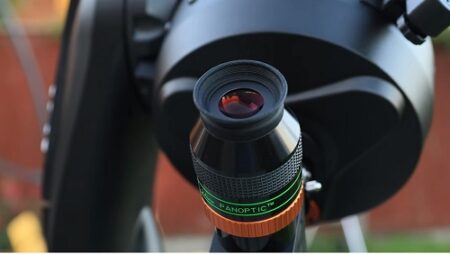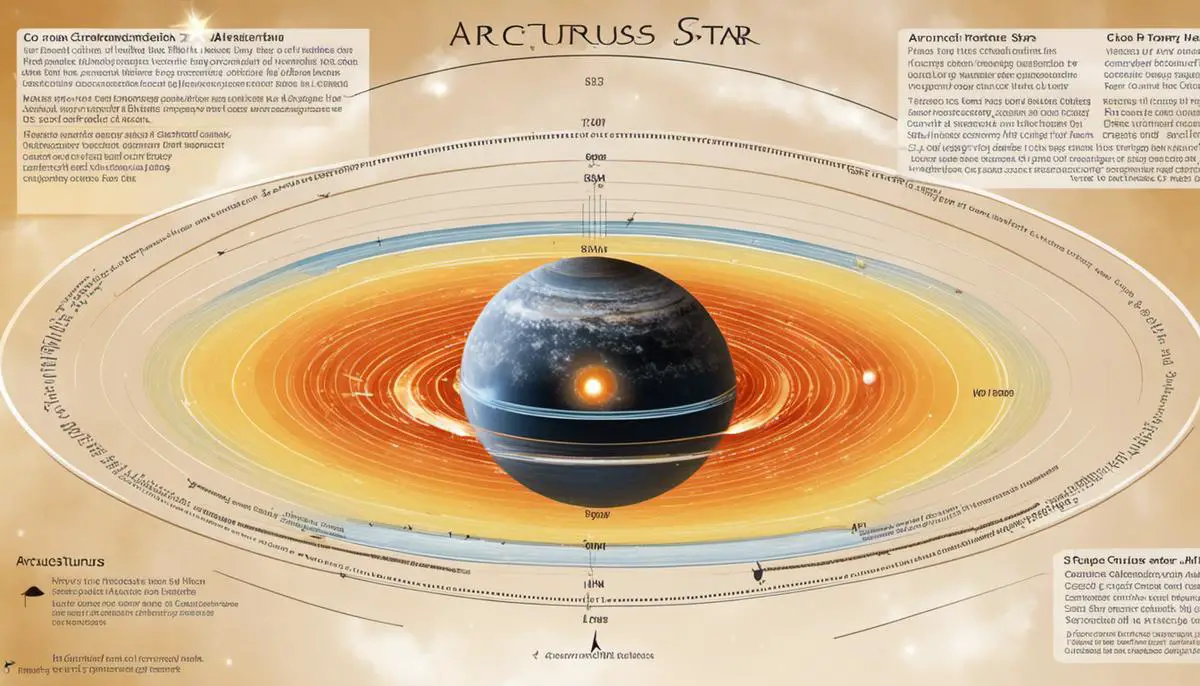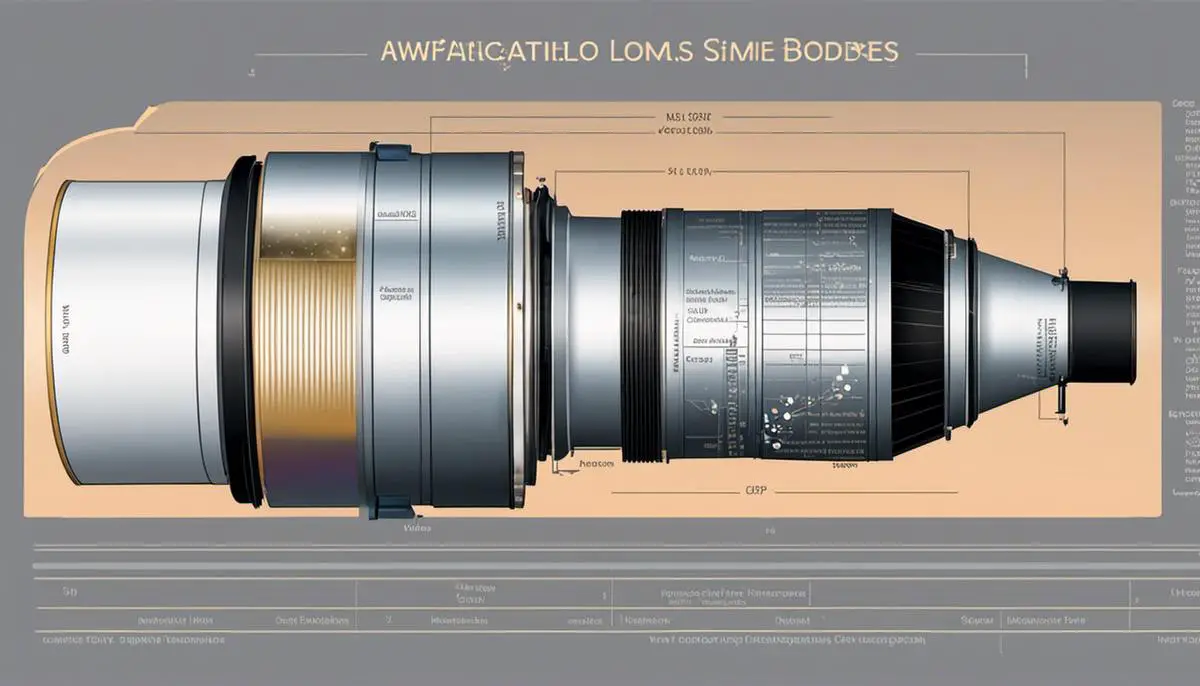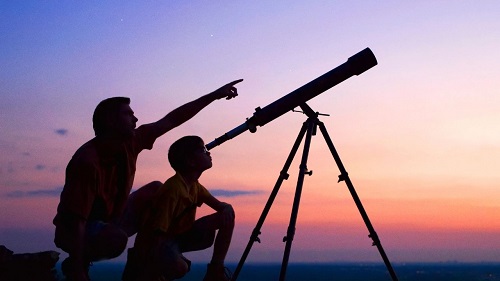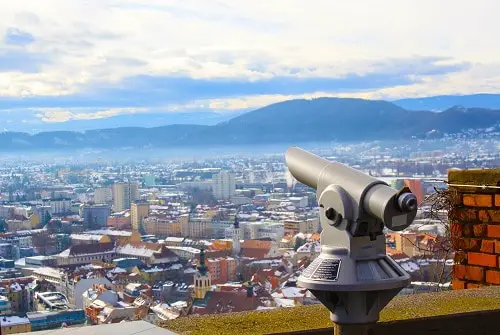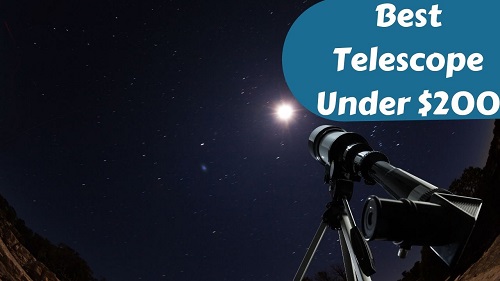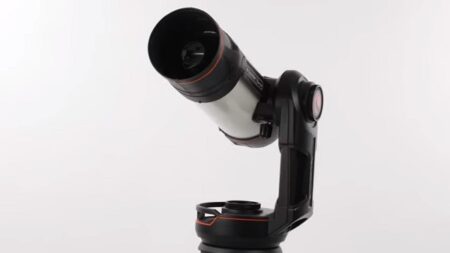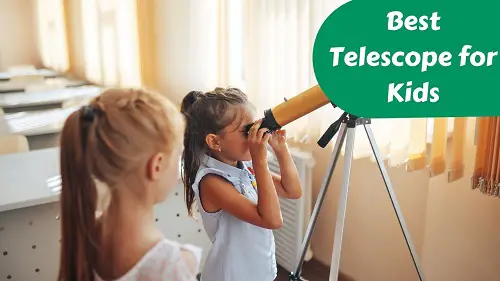Do you know what makes it possible to see the moon from the earth? There was no lack of interest in people about the moon. The moon is the only natural satellite and the only astronomical object on earth that people have traveled to and on whose surface humans have landed.
We can see the same size as the sun at day and the moon at night, especially the fuller moon. But there was a huge difference between the distance of the sun from the earth and the moon from the earth. The Sun is about 93,000,000 miles away from the earth at an average distance but the moon’s distance is only 252,088 miles away from the earth.
The moon is the night sky’s brightest thing. But we all know the moon does not have its own light. The moon can only be seen because the light of the sun reflects it. We can see many different faces of the moon and they are the result of how the sun illuminates the surface of the moon as the moon orbits earth.
These pieces of information about the moon are interesting, right? So, do you ever think about how we are seeing the moon from the earth and why can you see the surface of the moon from the earth? In this writing, I am going to answer all your questions.

How Do We See the Moon from the Earth?
Maybe you are thinking what a question it is, we see the moon clearly – sometimes round, sometimes half or occasionally invisible due to the shadow of the earth. We know very well the reason for such a variant. What is new about it, right? No, there have nothing new here. On the contrary, you have always seen the half form of the moon, never the other half. Why?
The answer is simple that we see only one side of the moon as the moon rotates around the earth at exactly the same speed as it rotates around its own axis so that the same side of the moon continuously faces the earth’s surface.
The rotation of the moon is concentric, that’s means the surface of the moon always faces the earth. The surface of the moon facing the earth is called the near side, and the opposite surface is called the far side.
If we could look down on our solar system somehow, we would see that the moon’s half facing the Sun is always illuminated. But not always the lit side faces the Earth! As the Moon orbits the Earth, we see shifts of the sun on the lit side. Such shifts are known as the phase of the moon, and it repeats over and over in a certain way.
Why Can’t We See the Other Side of the Moon?
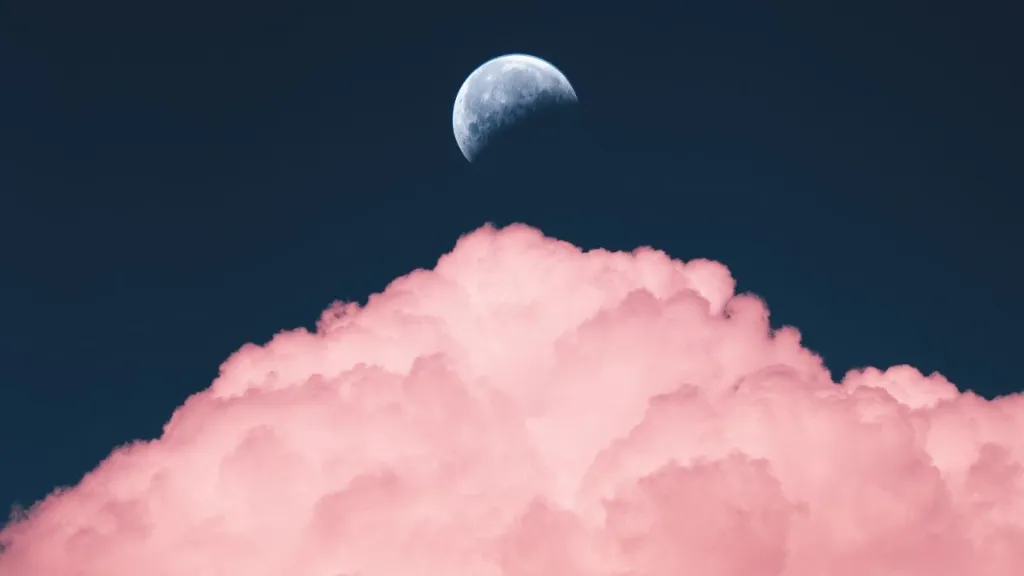
Although from our point of view, the far side of the moon is not apparent, it is not accurate to call it the moon’s dark side. Night and day witness both sides of the moon just as we do here on earth. During a single month, both sides have equal amounts of day and night.
According to the scientists, the main reason why can’t we see the far side of the moon is due to a phenomenon called ‘Tidal lock’. This means that the Moon completes an orbit around the earth at about the same time that it takes to rotate once on its own axis, allowing us to see only one side. That caused the earth’s tidal forces slowed down the rotation of moon so that the same side always faces the earth.
But no matter how you look at the moon, you see the same landscape at all times. You can determine even more detail with a pair of binoculars or a telescope.
How to See the Moon with a Telescope?
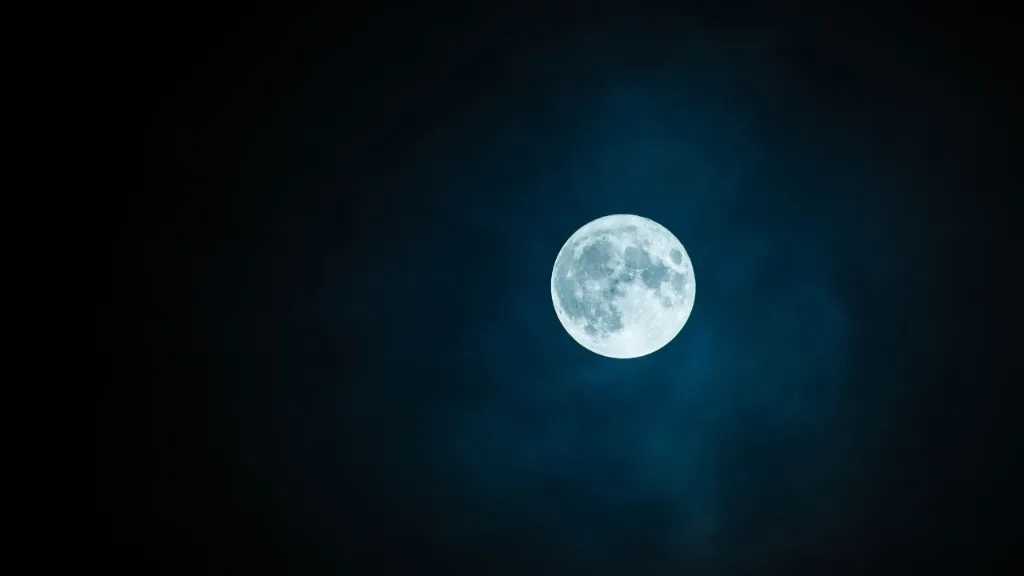
The fact that it doesn’t matter where you are in the world the moon always be a special object. If you use a telescope, it always looks spectacular. No matter how often you see it, it never looks exactly the same and can be seen even on hazy or partly cloud-covered days.
The telescope is actually the thing that makes it possible to see the moon from the earth. Here are some tricks you should follow to see the moon with a telescope:
- The Best Time to Look
Two or three days after the first quarter are the perfect time to observe the moon. Because the moon is in a fine position to study at night and it is possible to see almost all of the main lunar features. The moon is not bright enough to allow glare to lose clarity.
- Avoid the Full Moon
It’s the best idea to avoid the full moon because the moon is full when the earth is between the sun and moon and helps the moon to fully illuminate. The bright moonlight washes out fine details, and it’s hard to get your eye to concentrate on anything for a long time. You can also buy a moon filter that adds contrast and reduces glare so you can find out more details of the earth.
- How to See It?
You can see the moon; it’s brightest by a telescope. Try to see the moon’s craters, how many you can identify, how their wall looks like, and what they have on their floors. Moon is not a perfect sphere, but it had a depression like a mountain and a cup.
You can easily study the moon and recognize a number of its most prominent features with a lunar map and perhaps a photograph of the moon as a reference. A lunar map should be designed to display the moon as it appears to your unaided eye or through binoculars.
But sometimes astronomical telescopes provide an upside-down view or mirror image or view of both. If your telescope and map had different views, just turn your map.
You can also start at the terminator, as this is where the most clearly features can be defined. You also don’t have to worry too much about magnification. The 50X magnification will allow you to see the entire moon, while you can use 150X to get closer and disclose more details.
Either you see in the unaided eye or in a telescope moon always be the spectacular object as it is. Not only is it easy to locate, but it also fills you with a sense of wonder.

I’m Ali. BestTelescopeReview.com is my little place on the web to express what I’ve learned first-hand, specially about the telescope part. I am writing these articles to share my love for astronomy with you.

